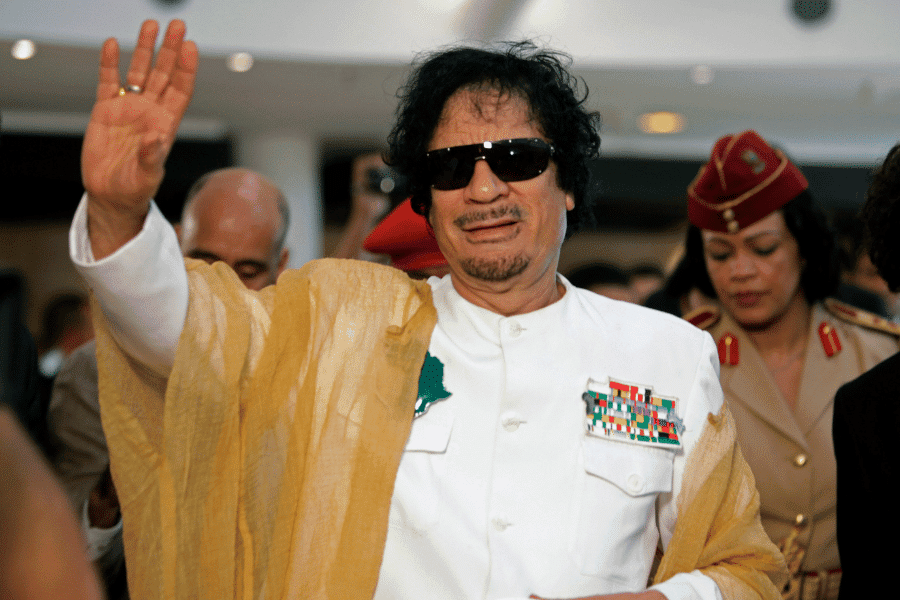
by Jeremy Solomons | 5 Sep 2024 | Educators' Catalog, History, Human Rights, Politics
Can even leaders on the wrong side of history be credited for good outcomes? Can awful leaders be awe-inspiring? Then-Libyan President Moammar Gaddafi arrives in Venezuela, 25 September 2009 to attend the Africa-South America, ASA, summit. (AP Photo/Ariana Cubillos)...
As half the world goes to the polls this year, Jeremy Solomons asks: Can even leaders on the wrong side of history be credited for good outcomes? Can awful leaders be awe-inspiring? Explore leadership, leaders and their legacies with your class and push them to develop their critical thinking and argumentation skills.
Exercise: Choose a controversial leader, dead or alive. You may agree or disagree with their position, politics or legacy. Build a picture of some of their decisions that had widespread negative impacts and find some positive aspects to their leadership. Next, play devil’s advocate and try to argue the good or positives that may have come from negative decisions. How might people on both opinion sides see the leader’s legacy? To conclude, students can express their own views on the matter and find nuanced arguments and discourse to express these.

by Earyel Bowleg | 18 Jun 2024 | Educators' Catalog, Politics, Wh-Y Vote
There is a belief that young people don’t care enough to cast a ballot. But maybe politicians need to address the issues they care about. (Illustration by News Decoder) This article was produced exclusively for News Decoder’s global news service and is part of...
There is a belief that young people don’t care enough to cast a ballot. But maybe politicians need to address the issues they care about. Correspondent Earyel Bowleg looks at the reasons behind youth voter apathy.
Exercise: Read the article and use the questions below it to start a discussion. Make notes of the reasons why young people don’t vote and the possible solutions to the issue. In pairs or groups, come up with ideas on how you might increase young people’s participation in elections. If you were a local government or business, what solutions would you offer? Develop a plan for your solution and present it to the class. As a class, hold a vote to see which solution you would choose.

by Tiziana Barghini | 17 Jun 2024 | Economy, Educators' Catalog, Human Rights, Politics, United States
Obstacles to building housing have created a homeless crisis in California. Can the “Golden State” find a way to house the people living on its streets? Tents house people experiencing homelessness in the Skid Row area of Los Angeles, California on 24...
Obstacles to building housing have created a homeless crisis in California. Can the “Golden State” find a way to house the people living on its streets? Correspondent Tiziana Barghini explores housing shortages, ineffective new legislation and the realities of California’s housing crisis.
Exercise: Explore some of the issues around homelessness. What are the issues that lead to people becoming homeless. Examine these on a personal, community, national and international level. Now look for videos and articles about homelessness and the experience of being homeless. You can use resources like Invisible People or Learning To Give which have films about many facets of homelessness. Present the information that you found in your article or video to the class or write a short piece about what it’s like to be homeless.
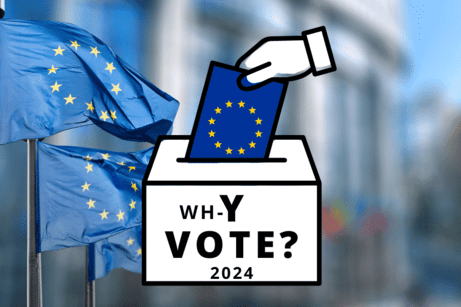
by News Decoder | 7 Jun 2024 | Educators' Catalog, Europe, Government, Politics, Wh-Y Vote
We asked our reporters in five countries to talk to young people about the European elections. They know their voice matters. A European ballot box against the backdrop of European Union flags. (Illustration by News Decoder) The 720-member European Parliament is the...
We asked our reporters in five countries to talk to young people about the European elections. The ensuing Wh-Y Vote? series sheds light on how young people across the European Union feel about voting in European elections. What influence do they believe the EU has on their lives? What are the issues driving them to or from polling stations? Why are young people voting or not voting?
Exercise: Students read the article and give feedback on the main issues described in each country. Then, choose to focus on one of the five countries mentioned. Use the links below the article to read the full piece on youth voting in your chosen country. In groups, summarize the main issues that were highlighted and discuss them. Now, together in your country groups, make a campaign poster mobilizing young people to vote in the European elections. Use the articles to help focus the campaign, and visit official EU websites to find more information on why young people should vote.
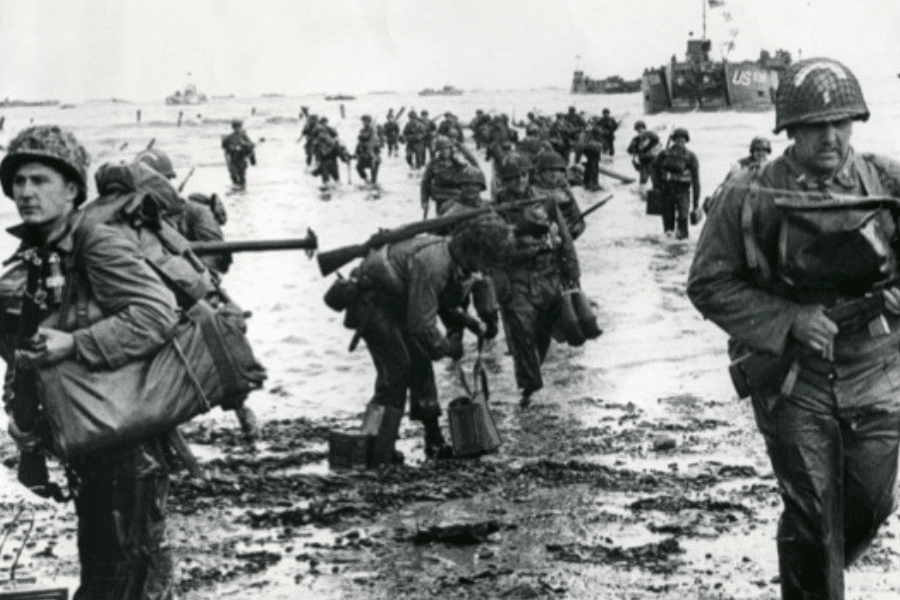
by Tira Shubart | 6 Jun 2024 | Educators' Catalog, France, History, Journalism, News Photography, United States
With the 156,000 allied troops who came ashore at Normandy on D-Day were 500 news reporters armed only with pens, paper, cameras and recording equipment. While hundreds of others move towards the beach in landing craft, American assault troops, with full equipment,...
Accompanying the 156,000 allied troops who came ashore at Normandy on D-Day were 500 news reporters armed only with pens, paper and recording equipment. Correspondent Tira Shubart looks at what it was like to be a war reporter in 1944.
Exercise: Read the article and discuss the dangers journalists faced in the Second World War, the reasons why they chose to report and the difficulties they might have had in reporting. Imagine you are a WWII reporter. Write a journal entry describing a snapshot of what you experienced on a given day. For inspiration, search for photos or articles by Robert Capa, Martha Gellhorn or Lee Miller and use them as a starting point. Think about what happened before and after the article or photo. Keep in mind how the events you experienced had wider, cross-border importance and how your chosen event impacted the world.

by Alistair Lyon | 27 May 2024 | Decoders, Educators' Catalog, Human Rights, Israel-Palestine, Middle East, Politics
The world’s attention is on Gaza. But Israel’s neighbors worry about their own stability as they fear the chaos will spread. Saudi Arabia’s Foreign Minister Faisal bin Farhan Al Saud attends a meeting with U.S. Secretary of State Antony Blinken and...
The world’s attention is on Gaza. But Israel’s neighbors worry about their own stability as they fear the chaos will spread. News Decoder correspondent Alistair Lyon decodes the conflict’s effects on the region.
Exercise: Use the article as a starting point to understanding conflict and the effects of conflict on neighboring nations. Divide the students into groups. Each group represents a country in or bordering the conflict of your choice. Get students to research the root causes of the conflicts and the effects on their given country. Hold a crisis meeting in which each group voices its concerns about the conflict. Present and debate.
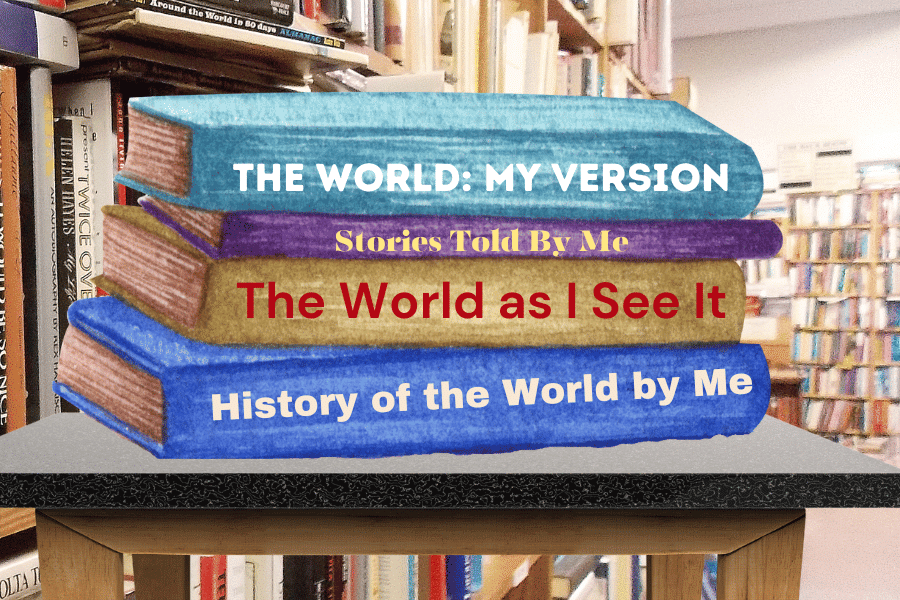
by Marcy Burstiner | 23 May 2024 | Culture, Educators' Catalog, History, Media Literacy
Historians dig up stories that document our past the way archeologists sift through relics. The more they learn the more we realize how much we don’t know. A stack of books in a bookstore that tell only one version of the world. (Illustration by News Decoder)...
Historians dig up stories that document our past the way archeologists sift through relics. The more they learn the more we realize how much we don’t know. News Decoder’s Editorial News Director Marcy Burstiner examines history and the versions of history that we’re told.
Exercise: Explore the idea of stories being told from different perspectives and of certain histories being silenced or underrepresented. Choose a current topic and have students look at it from different perspectives. What kinds of histories might be forged through telling the story in different ways?
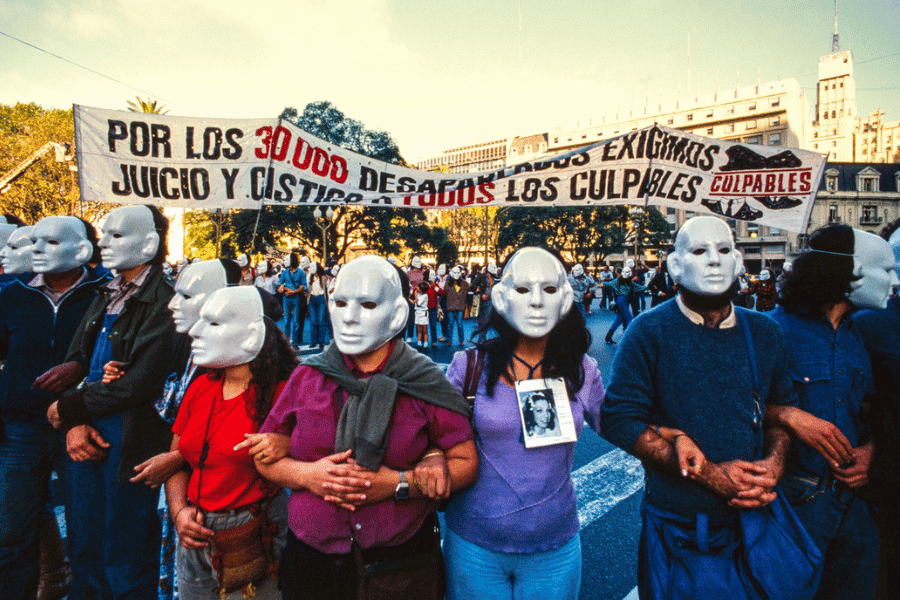
by Enrique Shore | 17 May 2024 | Americas, Educators' Catalog, History, Human Rights, Politics
Photojournalist Enrique Shore captured the work of a commission investigating the disappearance of tens of thousands of Argentine dissidents. Human rights protesters wearing white masks representing the disappeared march in silence in Buenos Aires in 1985. (Credit:...
Photos tell stories. Sometimes they speak louder decades on. Photojournalist Enrique Shore spent time capturing the work of a commission investigating the disappearance of tens of thousands of Argentine dissidents. We take a look at his exhibition, ‘Evidence’, in photos that are as relevant now as ever.
Exercise: Choose an iconic photo or a photo that you like of a current or historic event. What does it represent? Why is it important? Why do you like or dislike the photo? What themes does it deal with? Why is it an important photo? Finish by discussing the difference between writers and photographers. Is how they report on events different? Which role would you prefer?
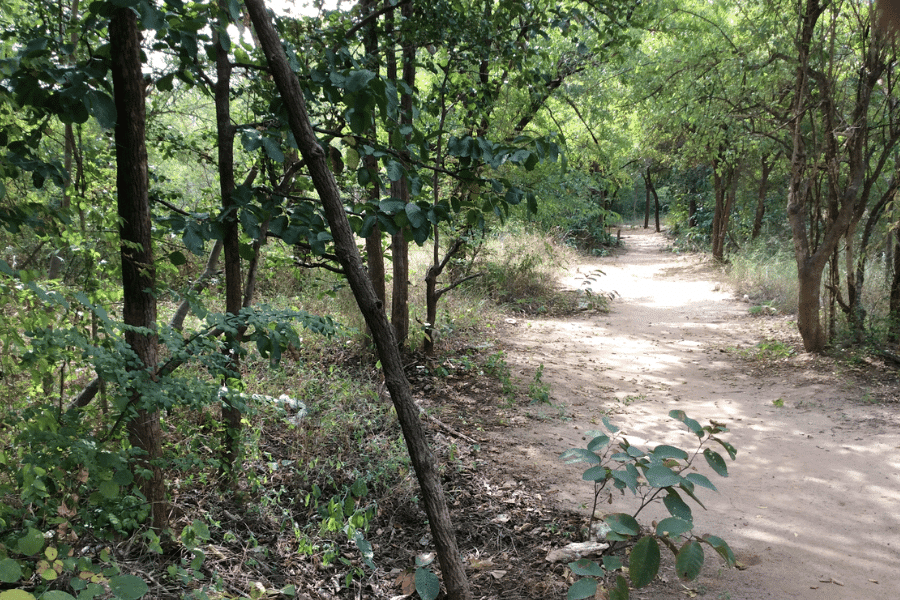
by Paul Spencer Sochaczewski | 10 May 2024 | Asia, Culture, Educators' Catalog, Environment, Religion
What’s a more powerful conservation incentive — a government jail or the wrath of a nature spirit? A shady path in a sacred forest in Myanmar. (Credit: Paul Spencer Sochaczewski) This article was produced exclusively for News Decoder’s global news service. It is...
What’s a more powerful conservation incentive — a government jail or the wrath of a nature spirit? There are many ways to preserve wildlife. Correspondent Paul Spencer Sochaczewski ventures into Myanmar’s sacred forests to unearth the secret of conservation.
Exercise: Start a discussion on ways governments and communities can protect local flora, fauna and areas of natural interest. Read the article and discuss the suggested questions. Students should then undertake research to identify other examples of local folklore and community spiritual and religious beliefs affecting environmental conservation positively. Hint: Look to countries with a strong history of folklore and explore stories with links to the natural environment.
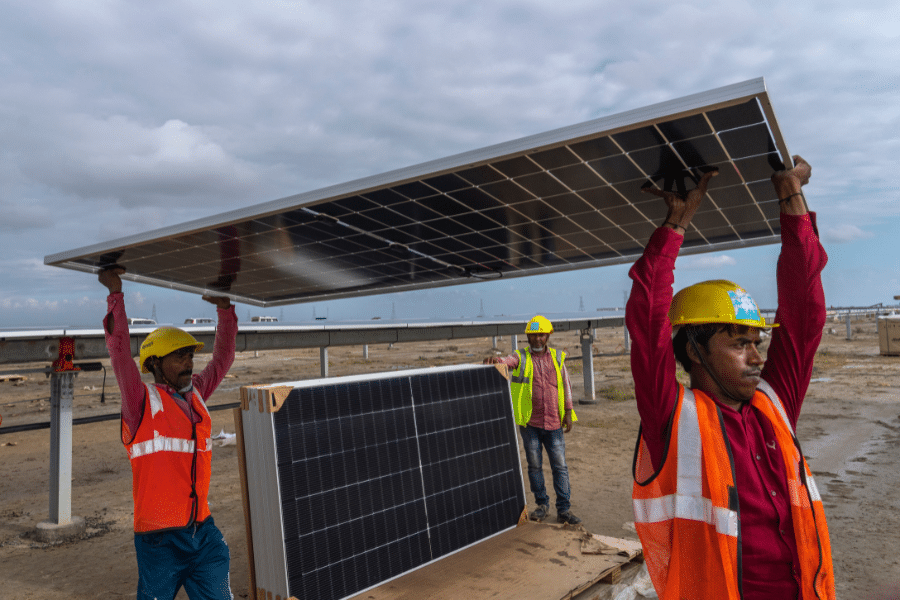
by Preety Sharma | 18 Apr 2024 | Asia, Economy, Educators' Catalog, Environment, Politics, Technology, University of Toronto Journalism Fellows
Meeting a growing energy demand can go hand-in-hand with the green transition. This is what India could show the world. Workers carry a solar panel for installation at the under-construction Adani Green Energy Limited’s Renewable Energy Park in Gujarat, India,...
India’s position as a growing global economic leader, a leading producer of renewable energy and as a large consumer of energy puts it at the center of the debate on climate-friendly energy transition. Preety Sharma looks at how if India successfully manages the move towards greener energies, it will serve as a model for low and middle-income countries as they develop economically while striving to meet climate goals.
Exercise: Individually, or in groups, students put their research skills to the test. Use the following questions as a guide to finding out more about this topic.
What is energy transition? How does it relate to the UN SDGs? What energies should we transition to and what are the issues surrounding using each of these? What would a ‘model for low and middle-income countries’ look like?
Find examples of countries that have grown and managed energy transition well.










